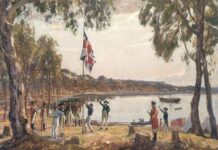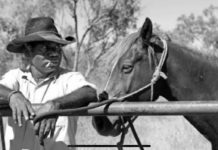From Patriotic Alternative.
Technocracy Watch
As ethnonationalists are all aware, Western nations are undergoing a huge demographic shift, due to a combination of low native birth-rates and mass immigration from third world nations. This change will see the indigenous people of those lands or the people who founded them reduced to minority status by the mid-to-late 21st century. But what about nations where this change has already occurred.
We are already aware of the situation in South Africa, where the White minority faces persecution, bloodshed and poverty, and outside of enclaves like the village of Orania, gangs, violent crime, rape and corruption are rampant, and genocidal rhetoric from the likes of Julius Malema of the Economic Freedom Fighters, channelling the spirit of the late Marxist anti-Apartheid activist Joe Slovo, singing the infamous “Shoot the Boer, kill the Boer” song. In 2019, Cape Town had the most murders in the world, in terms of pure numbers, at 3,065 murders, with Johannesburg also clocking 2,078 that year.
While groups like the Afrikaner Weerstandsbeweging (AWB) and the Suidlanders survivalist group are pushed to the fringes of society for daring to advocate for the interests of the Afrikaner people. In fact, the leader of the AWB, Eugène Terre’Blanche was butchered on his farm in 2010 by two black former employees, who claimed they were motivated by a dispute over wages.
Similar scenes have been seen in Zimbabwe, formerly Rhodesia, where the government recently had to plead with its White farmers to return, after the anti-White Marxist Robert Mugabe seized their land and chased them away decades before, almost leading to a famine.
But a nation that many are far less aware of is that of Argentina in South America. While not as demographically far gone as South Africa, it is clear that mass non-European immigration has completely transformed this country from what was once a hub of European civilisation in the southern Americas, with its capital Buenos Aires known as the “Paris of the South”, into a crime and poverty ridden shell of its former self.
European beginnings
What is today Argentina grew out of the former Spanish colony Viceroyalty of the Rio de la Plata, which was founded by Spain in 1776. The state of Argentina was established in 1816 during a war of independence from Spain, and this was in turn followed by a period of civil wars that lasted in some form until 1880. Following this, Argentina was unified as a federation with a constitution written in 1853, heavily inspired by the US constitution. Article 25 of that constitutionstated that “The Federal Government will encourage European immigration; and may not restrict, limit nor tax in any way the entrance into Argentine territory of those foreigners, who have the purpose of working the land, improving industries, and introducing and teaching sciences and arts”.
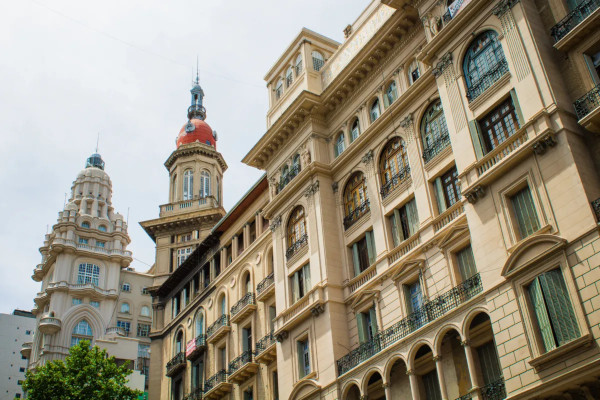
Numerous politicians and leaders of that period pushed for European immigration into Argentina, including theorist Juan Bautista Alberdi, and former Presidents Domingo Faustino Sarmiento and Nicolas Avellanda, the former two having influenced the constitution and the latter having pushed through the Colonization and Immigration Law of 1876, which was akin to the 1790 Immigration Act in the US, establishing recruitment centres across Europe encouraging Europeans to immigrate to Argentina.
Between 1880 and 1914, over six million Europeans immigrated to Argentina, largely from Italy, Spain, France, Germany and Britain. The European immigration wave also correlated with Argentina becoming the 10th wealthiest nation in the world per capita by 1913, having surpassed the US’s GDP per capita in 1896. This influx also contributed to the largely Italian, but also pan-European culture, which is still evident in the nation today, from the Spanish language, the Tango dancing, the heavily meat-based cuisine, the majestic Buenos Aires architecture, including majestic buildings like the Teatro Colon, and one of the world’s earliest underground systems, to the German villages like Bariloche and Cumbrecita, turning Argentina into a nation of high culture, a home to numerous thinkers, philosophers and scientists. This same formula is also what made neighbouring Uruguay a highly prosperous nation, still to this day.
So what changed? What transformed that once prosperous, highly developed and wealthy nation into the divided, stratified and crime ridden nation it is today? The same thing that transformed the US and turned cities like Detroit from prosperous, industrial centres into hubs of delinquency and deprivation: the demographics changed. Following the Great Depression of the 1930s, huge numbers of Mestizos and Amerindians from neighbouring nations like Paraguay (a nation that enforced miscegenation by law), Bolivia, Peru and Chile began to pour into Argentina, transforming the once predominantly European ethnic makeup of the nation into a nation that is believed to be around 40% non-White today.
Despite the leadership of nationalist Juan Peron, and his famous wife Eva, from 1946 until being deposed in a coup in 1955 (and briefly again in the early 1970s until his death in 1974), little to nothing was done to halt the demographic transformation of Argentina in the mid-20th century. Peron, who was initially inspired by fascist leaders like Benito Mussolini in Italy, Francisco Franco in Spain and Ioannis Metaxas in Greece, did not seem particularly interested in preserving Argentina’s racial makeup, and subsequent leaders like Nestor Kirchner liberalised the immigration laws further, along with passing amnesties for illegal immigrants and granting them access to free healthcare and social services.
Crimewave
Today, Argentina is close to becoming a third world nation. Slums line the major cities, and cities like Rosario, Argentina’s third largest city, are now ridden with drug-gang related crimes. Murders have skyrocketed, with a homicide rate of 20 murders per 100,000 people, four times that of the USA, and petty crime is rife as well. Around 50 percent of the suburbs of Buenos Aires lack running water or sewers, and the water that is available is often contaminated. Not too dissimilar to what is today occurring in places like the state of California, which has been transformed from a once solidly Republican state and symbol of the American Dream, into an extension of Mexico, with cities like San Francisco and Los Angeles resembling third world cesspools.
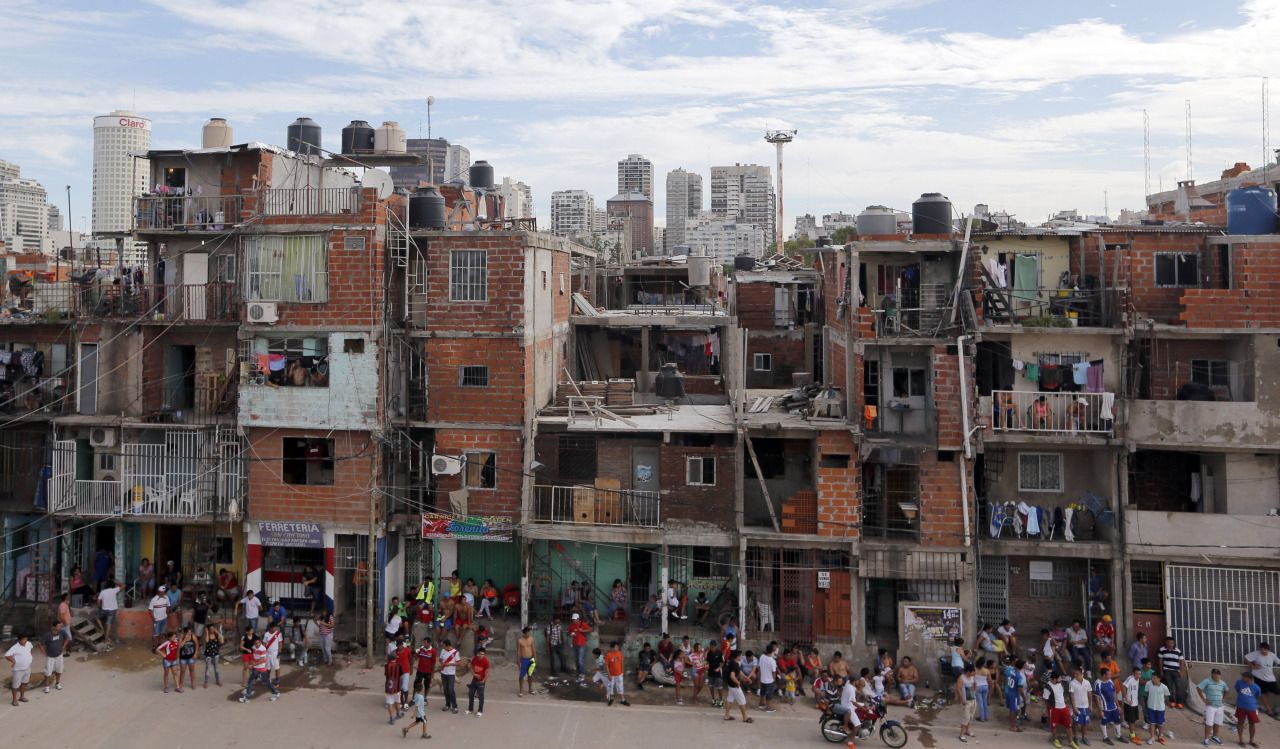
As is the case in other Latin American nations like Mexico and Brazil, and also South Africa, the wealthy Whites live in gated communes, segregated from the criminality and deprivation outside. There are hundreds of gated communities located in the capital alone, with their own shopping malls, restaurants, cinemas and private security. Although these private neighbourhoods have problems of their own, such as an invasion of large rodents called Capybaras, due to the neighbourhood being built on their natural habitats. Those who live within these walls are the lucky ones, as those who live outside have to deal with regular thefts, break-ins, violent crimesand kidnappings. Even the former President Mauricio Macri was once kidnapped.
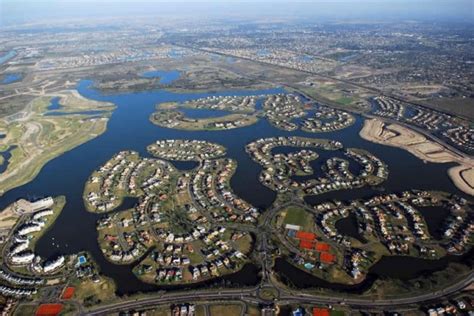
Meanwhile, numerous hate speech laws are used to strangle anyone who speaks out against the mass immigration and multiculturalism, and there is even a government department called The National Institute Against Discrimination, Xenophobia, and Racism that pursues charges against people accused of “racial hatred”, similar to the work carried out by the genocidal former Stasi informant Anetta Kahane in Germany, and the insidious Institute for Strategic Dialogue in the UK. Parties that attempt to organise against the Argentine status quo like Patriot Front (not to be confused with the American group run by Thomas Rousseau) and the historic Tacuara Nationalist Movement (modelled off of Antonio Primo de Riviera’s Falange), are confined to the fringes due to both the demographic situation and the pro-multicultural zeitgeist of the country.
Zionist influence
Argentina is also under heavy Zionist influence, and has been for a while, being home to Latin America’s largest Jewish community. The nation was even sold French-manufactured missiles by Israel during the Falklands war, which were used to sink British vessels and bomb British troops. Ironic, given Argentina’s past of being a safe haven for former officials from Nazi Germany, including Adolf Eichmann, Josef Mengele, Hans-Ulrich Rudel and Erich Priebke.
Although despite this, the current Argentine President, Alberto Fernández recently caused controversy by stating that “Mexicans emerged from Indigenous people, Brazilians emerged from the jungle but we Argentines arrived on boats. On boats from Europe”, during a meeting with Spanish PM Pedro Sánchez in June of last year. Nevertheless, anti-White rhetoric is on the rise in the nation, and while articles like this can be written, re-writing Argentina’s history, Bishop Richard Williamson was deported from the country in 2009, merely for wrongthink.
So, there is an overview of how a once prosperous, wealthy, European-founded country was transformed into another Latin American basketcase in the course of a few decades, as a result of demographic transformation. Many people like to attribute Argentina’s decline to the Wall Street crash of 1929 and the subsequent Great Depression, but I think we all know it runs much deeper than that, and this is yet another example of the well-known ethnonationalist saying; “Demographics is Destiny!”
Further reading: Argentina: A Mirror of Your Future by Gustavo Semeria on the American Renaissance website (2017).



